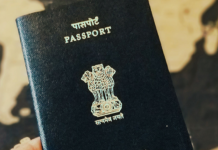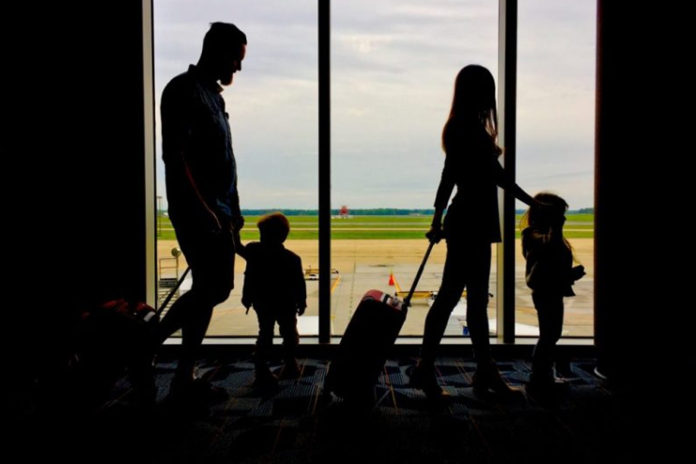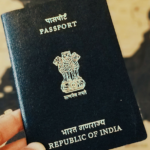One common question we get is that if a child is born in the United States but both parents are of Indian origin, is the child Indian or American?
Indian American children observe the world differently. As they grow older, they will start to notice the difference between life at home and life at school. They will also realize that their fellow peers who are American only, have different lifestyles as compared to them.
So what is the balance a parent must strike when it comes to their growing Indian American children in terms of culture?
It is simple. When children are growing older, during their early childhood, they retain more knowledge and information that will last with them forever. Parenting holds a certain importance for them during this age. So, to strike the balance culturally, you tell your child to accept all people of their different races, color of skin and cultures, while ensuring that your child is aware and proud of the culture they are born into.
The point here is to not tell your child that they are Indian and that their culture is superior. The goal is to make your child a global citizen. After all, after all the time you spend talk about race, you would not want your kid turning out to be a racist.
First thing you teach your child about when it comes to culture is family. How your family is organized, what you call each other, how you respect each other- all these factors come into consideration. If you do not want to verbally tell your child, then set an example for them by taking necessary actions in front of your child so that they will embed these qualities themselves.
For example, you are an Indian family who lives in a home with an Indian American child. You live with the child’s grandparents and want to set an example on how you would want your child to have good relations with their grandparents. Do not tell them verbally to act more kind and compassionate. You yourself show altruistic qualities such as compassion, kindness, hard- work, nobility, respect and much more. The one beautiful perspective a child can get from growing up in an Indian household is that he will learn to be more close with his family more than ever.
One of the trickiest aspects when it comes to Indian American culture is the language. Indian American children are mostly bilingual. Learning two languages will be difficult once your child grows older. There is a saying; teach them your tongue while they are young. Expose them to TV shows and movies and even programs which are in your mother tongue. Try speaking to them in the same language as well. But learn the balance. Speak to them in English during important times as that is their main language and will use it everyday, and teach them their mother tongue during casual times.
Expose your child to local Indian cultural events. During these events, your child can interact with children who are accustomed to the same changes, developments and cultural lifestyles and backgrounds as them. It will also help them understand their culture even more better by observing other people and their families. This will also help them make friends easily and they will even have their own comfort group.
As much as it is on you to teach them, it all depends on how your child will eventually grow. Sometimes, no matter how much you teach your child about culture, its beauty and differences, they will still form an opinion of their own and act accordingly. This all depends on their surroundings, relationships, environment, education and the things that they are exposed to.
It is important that rather than trying force your opinion onto them, you shape their mindset and opinion for the better. It might be a tricky job but it is not impossible.
Your kids are bound to accept both their American and Indian culture and bring the best of both world’s for themselves. Make sure that you are a part of their growth while they learn to accept their cultures, and themselves as a whole, making them a peaceful, culturally accepting and kind global citizen.















































